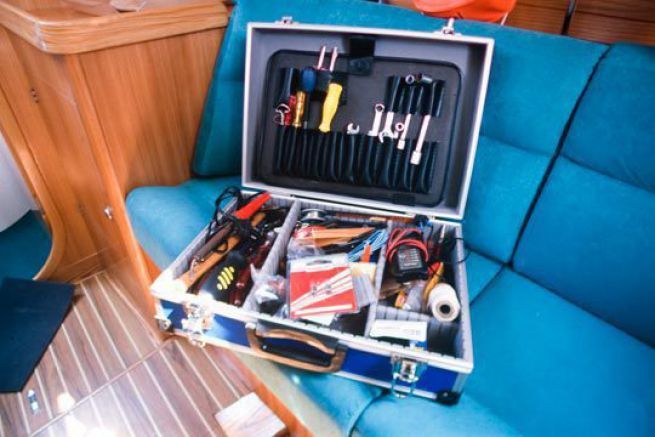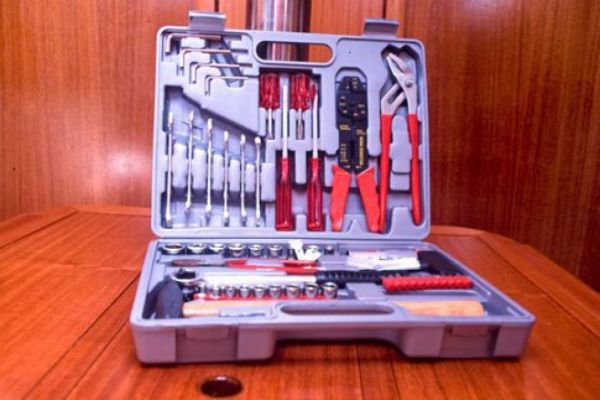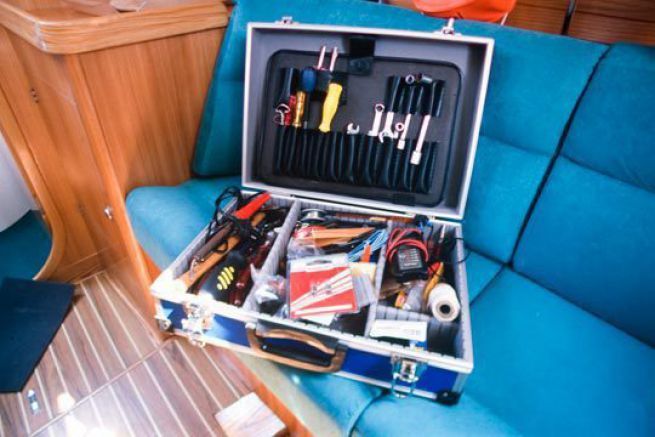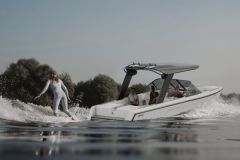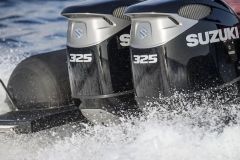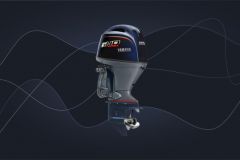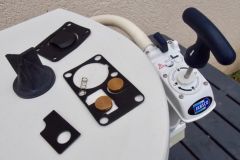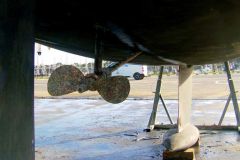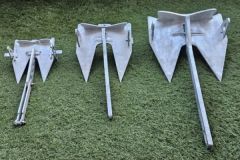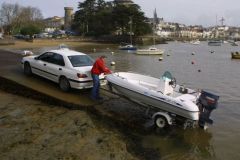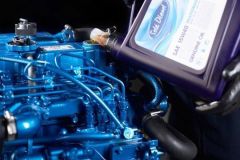If we saw how to build your toolbox by choosing the right tools ...now you have to know how to use them. Indeed: a screwdriver is not used as a chisel to strike, it is preferable to take a wrench rather than pliers to unscrew a bolt, a screwdriver must be adapted to the screw..
Good to know..
In mechanics, accessibility is often a problem. If you have to contort yourself to access the screw in question, having the right tool makes the operation easier. The right tool will be the one that will allow the operation to be carried out without damaging the screw, and with good safety for the operator.
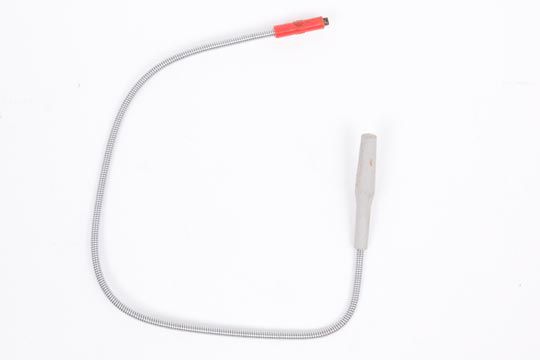
The magnet, a magical tool
A magnet is often used in mechanics to recover parts that have fallen to the bottom of the hold. There are magnets mounted on flexible hoses that can be bent as desired. Having one on board can save you from swearing for hours... A magnet can also be used to magnetize screwdrivers to "glue" screws. But beware, stainless steel cannot be magnetized!
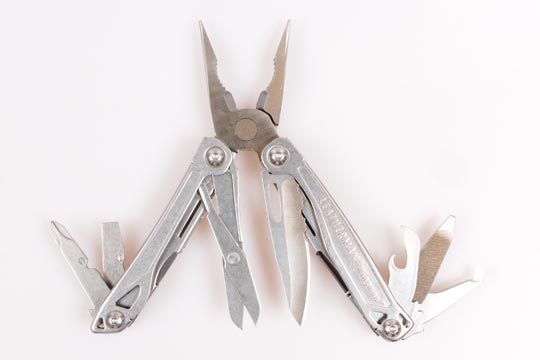
A multifunction tool always on the belt
It is the most universal of tools: the Leatherman type multifunction. If it is not really good anywhere (better a real tool), it often quickly solves problems. Choose a top-of-the-range model with solid steels and ergonomic blades. And to be really practical, keep it in its case on your belt.
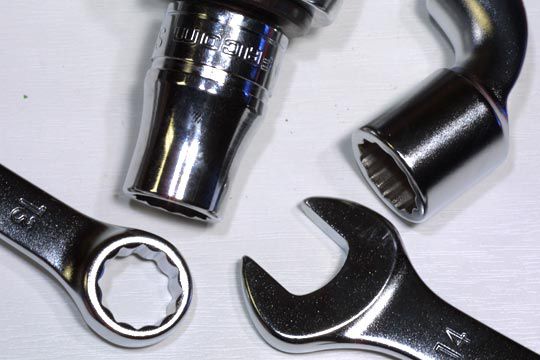
The right key
To unscrew a bolt, it is preferable to work on its six sides. This is why mechanics prefer to use the wrenches in a precise order.
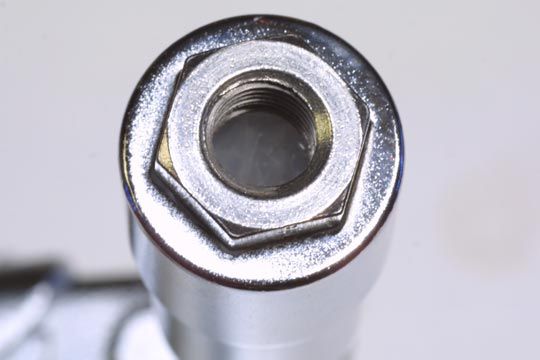
1 - The pipe or tube wrench
Pipe wrenches often have a 12-sided and a 6-sided bit. The latter is preferred. You can also choose a socket wrench (usually hexagon).
2 - The eye wrench
This wrench works like the socket wrench, encircling the bolt, but with 12 sides (less grip on the bolt.
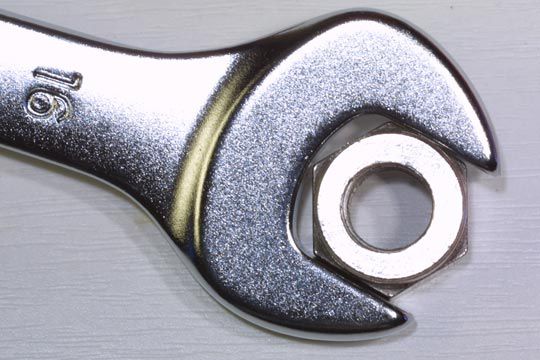
3 - The flat key
The open-end wrench has only 2 sides in contact with the bolt. It must be perfectly adjusted (avoid low-range models).
4 - The wrench
As it adjusts, it is supposed to fit all the bolts. This is handy, but it is difficult to adjust it precisely and get a good grip on the bolt.
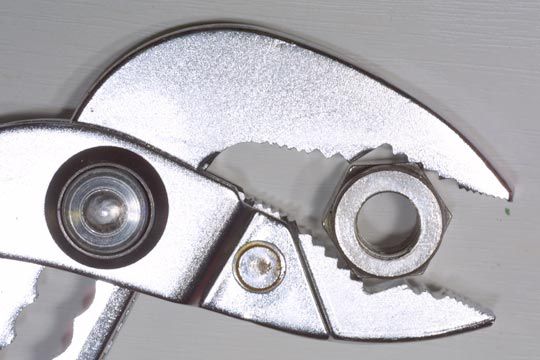
5 -The pliers
It's the last choice. With pliers, you will not be the bolt correctly and you risk damaging the bolt by sliding around it.
The choice of a type of wrench is also based on the accessibility of the bolt. In some situations, it is impossible to slip a socket wrench, the flat wrench can then replace it. Hence the interest of having a complete toolbox.
The right screwdriver
Depending on the screw head, a flat or Phillips screwdriver is used.
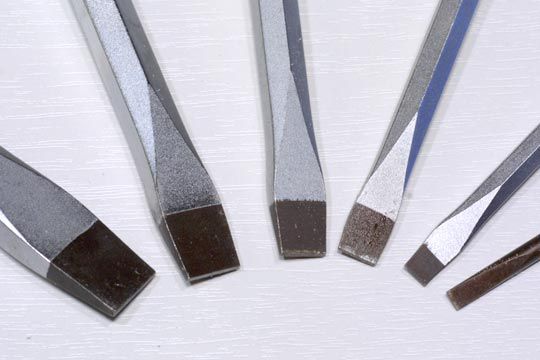
1 - The flat screwdriver
You have to use the right blade size. Too big, it won't fit in the slot. Too small, it does not work well and does not carry the screw. The quality of the screwdriver is also important with too soft steel, you risk damaging the screw head.
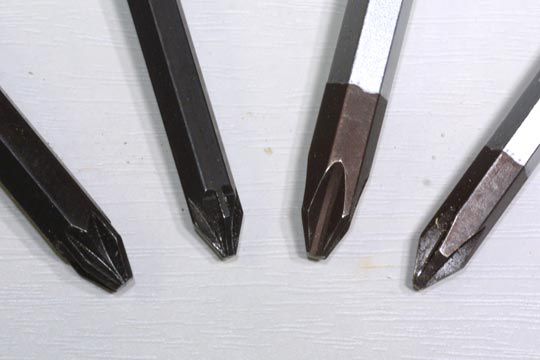
2 - The Phillips screwdriver
They come in different sizes to fit the shape of the screw head. You have to choose the right one so that all faces work at the same time. With use, you will notice that you tend to choose a screwdriver that is too small. Try a larger Phillips screwdriver and you will see that even the worst screws become less recalcitrant.
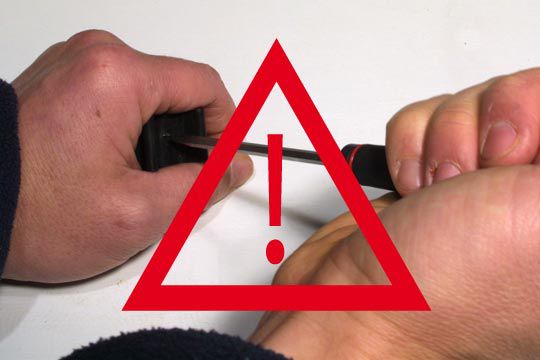
Using tools well
To use a tool properly, it is best to hold it with both hands. That is why, as far as possible, the part to be dismantled should be clamped in a vice or with vice pliers. A workbench is rarely found on a boat. Provide a simple plank that you will fix with a press while you are working on the boat. This will avoid knocks on the beautiful varnished table in the saloon!
And don't hold the handpieces. Caution danger when the screwdriver slips... If you really can't do otherwise, protect your hands with a cloth or resistant gloves.
And for DIY on deck (or worse at the masthead), remember that tools don't float. Remember to insure them with a little bitch for the duration of the intervention.
